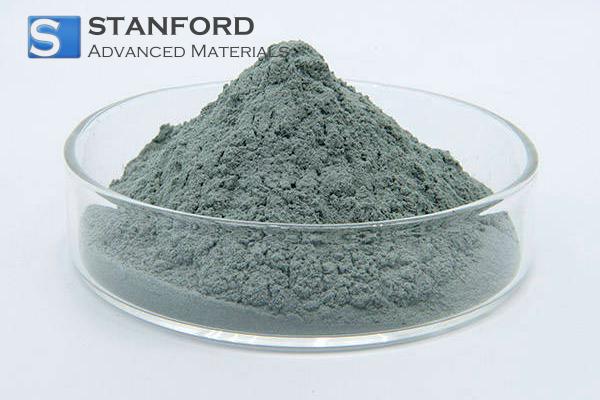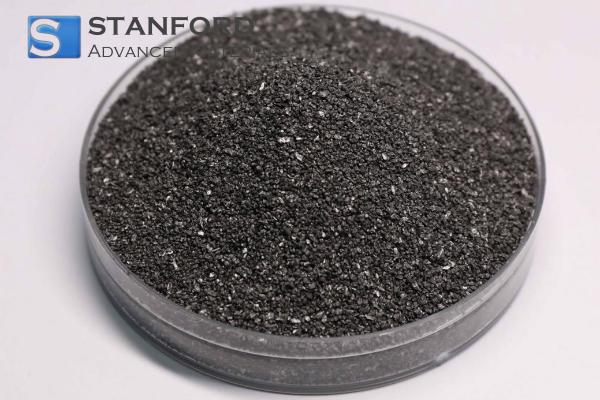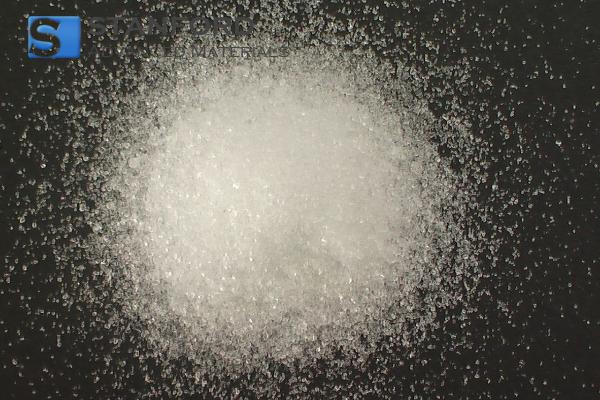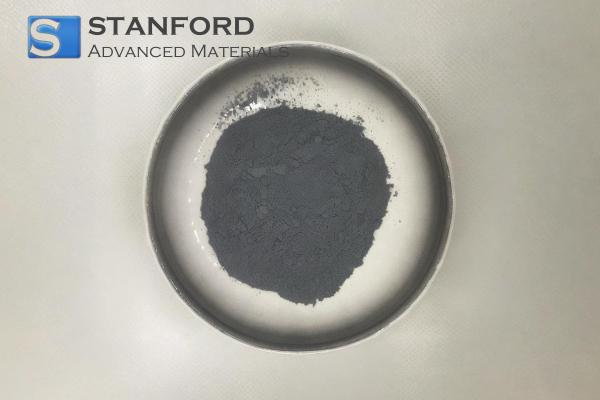Flash Point Of Materials
Introduction to the Flash Point
The flash point of a substance is the lowest temperature at which its vapours form an ignitable mixture with air when exposed to an open flame or spark. This property is critical for establishing the degree to which a substance may ignite, which has significant implications for safety in various industries, including chemical manufacturing, transport, storage and the design of consumer products.
The flash point is employed to classify substances into different hazard categories and to set out safety protocols for the handling, storage and disposal of potentially flammable materials. It is important to differentiate between flammable and combustible substances as their flash points assist in determining the fire risk and the appropriate handling procedures.
Types of Flash Points
There are two primary methods used to determine the flash point of materials:
Flash Point in a Closed Cup:
l The flash point is obtained in a sealed container in which the substance is heated and vapours accumulate. This method simulates a worst-case scenario, whereby the vapours are confined and the probability of ignition is increased.
l This method is more frequently applied and provides a conservative measurement that is incorporated in industrial safety regulations.
Flash Point in an Open Cup:
l The flash point is measured in an open container. Given that the vapour is allowed to dissipate into the atmosphere, the ignition is less likely, resulting in a generally lower sensitivity.
l Materials with a low flash point when measured in a closed cup typically exhibit a noticeably higher flash point by this method.
Flammable vs. Combustible Materials
The flash point aids in distinguishing between flammable and combustible substances, which is essential for effective safety management:
-Flammable Materials: These possess flash points below 100°C (212°F) and may ignite at relatively low temperatures. Substances such as petrol, acetone and alcohol are included in this category. They present a high risk in environments with open flames, sparks or significant heat.
-Combustible Materials: These substances have flash points above 100°C (212°F) and generally require higher temperatures to reach ignition. Although they are capable of burning, they are considered less hazardous than flammable materials. Examples include motor oils, kerosene and wood.
Flash Points of Common Materials
The flash point is dependent on the type of material, its chemical properties and physical state. The table below lists the flash points of several common materials:
|
Material |
Flash Point |
|
Petrol |
-43°C / -45°F |
|
Ethanol (Alcohol) |
13°C / 55°F |
|
Acetone |
-20°C / -4°F |
|
Methanol |
11°C / 52°F |
|
Diesel Fuel |
52°C / 126°F |
|
Kerosene |
38°C / 100°F |
|
Vegetable Oils |
320°C / 608°F |
|
Motor Oils |
180°C / 356°F |
|
Paint Thinner |
21°C / 70°F |
|
Benzene |
-11°C / 12°F |
|
Wood |
~300°C / 572°F |
|
Paper |
230°C / 446°F |
|
Rubber |
~300°C / 572°F |
Further information can be found atStanford Advanced Materials (SAM).
The Importance of the Flash Point for Safety
1)Safety: The flash point determines the safe temperature limits for the handling and storage of materials.
2)Regulations: It is used in safety standards to reduce the risks of fire and explosion.
3)Fire Prevention: It provides guidance to avoid ignition in environments where there is elevated heat or flames.
4)Firefighting: It assists firefighting personnel in selecting appropriate methods for controlling a fire.
Frequently Asked Questions
What is the flash point?
The flash point is the lowest temperature at which a liquid can form an ignitable mixture with air.
Why is the flash point of oil important?
It indicates the temperature at which oil may ignite, which is critical for ensuring safe handling and storage.
Where can information on flash points be found?
Such details are provided in the Safety Data Sheets (SDS) for chemicals and flammable substances.
How is the flash point measured?
It is measured using standardised test methods such as the closed cup or open cup approach.
Can the flash point of oil change?
Yes, impurities and changes in composition can alter the flash point.

 Bars
Bars
 Beads & Spheres
Beads & Spheres
 Bolts & Nuts
Bolts & Nuts
 Crucibles
Crucibles
 Discs
Discs
 Fibers & Fabrics
Fibers & Fabrics
 Films
Films
 Flake
Flake
 Foams
Foams
 Foil
Foil
 Granules
Granules
 Honeycombs
Honeycombs
 Ink
Ink
 Laminate
Laminate
 Lumps
Lumps
 Meshes
Meshes
 Metallised Film
Metallised Film
 Plate
Plate
 Powders
Powders
 Rod
Rod
 Sheets
Sheets
 Single Crystals
Single Crystals
 Sputtering Target
Sputtering Target
 Tubes
Tubes
 Washer
Washer
 Wires
Wires
 Converters & Calculators
Converters & Calculators
 Write for Us
Write for Us





 Chin Trento
Chin Trento



